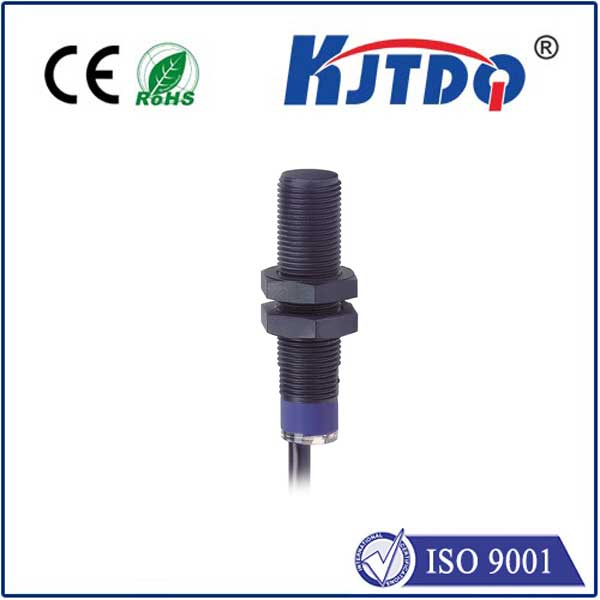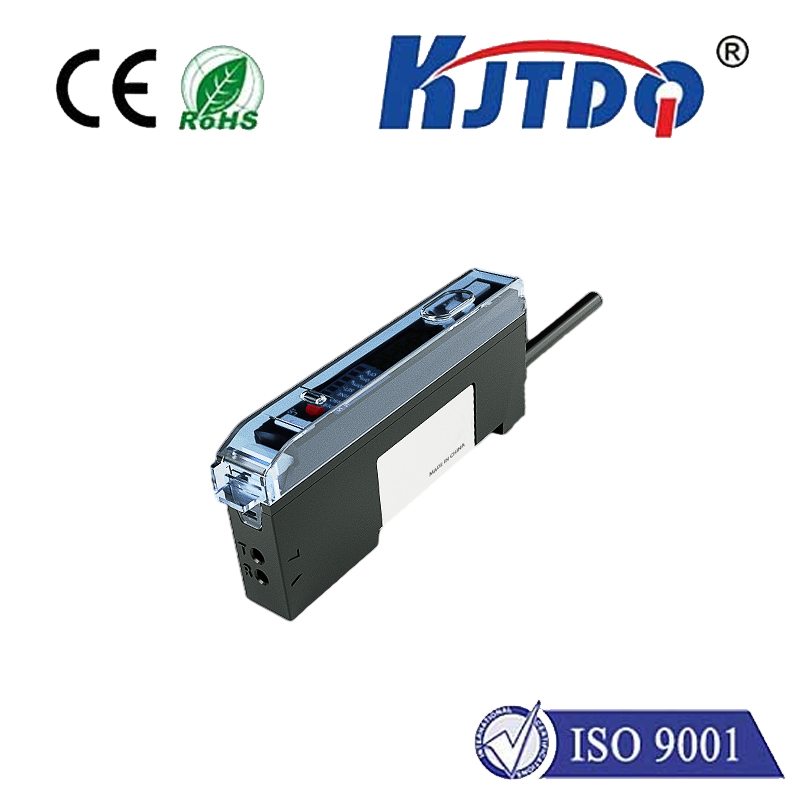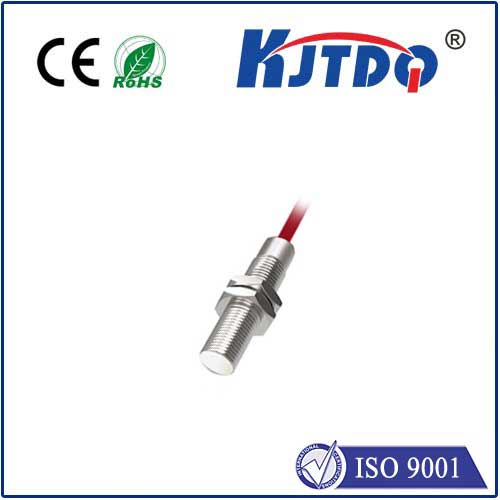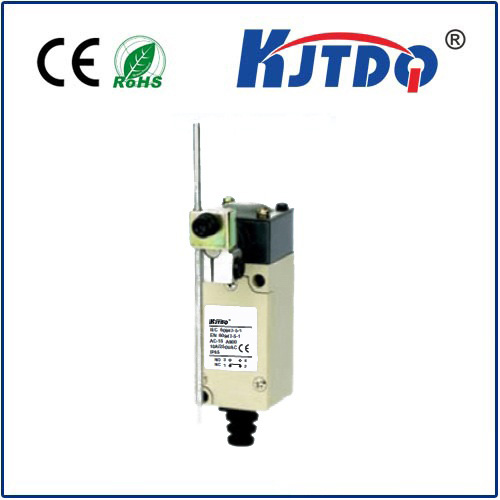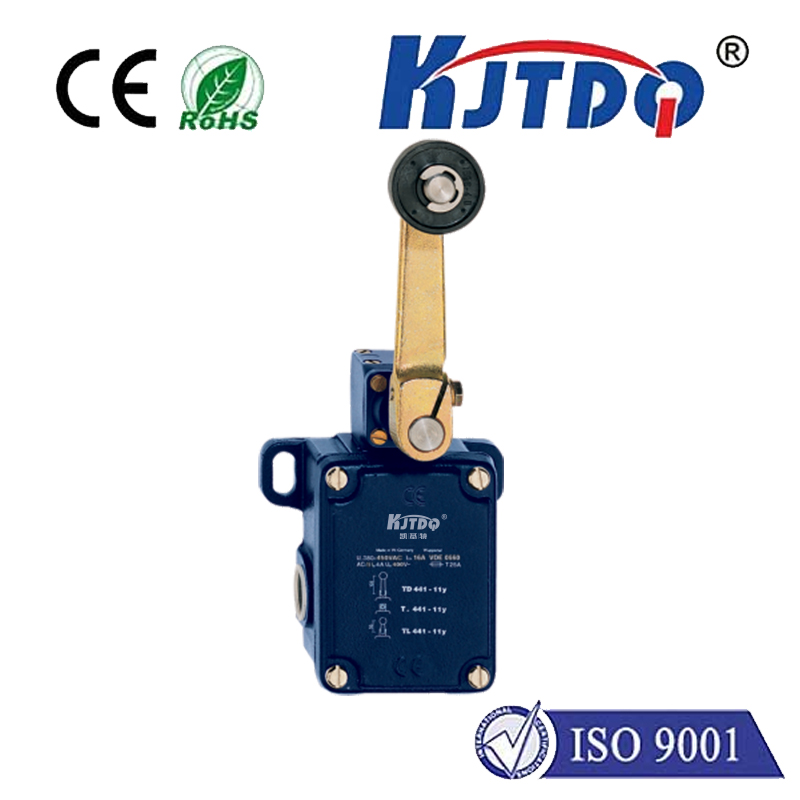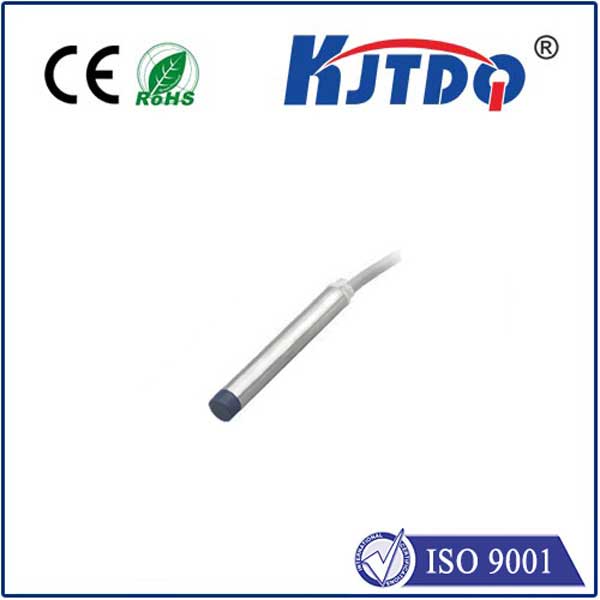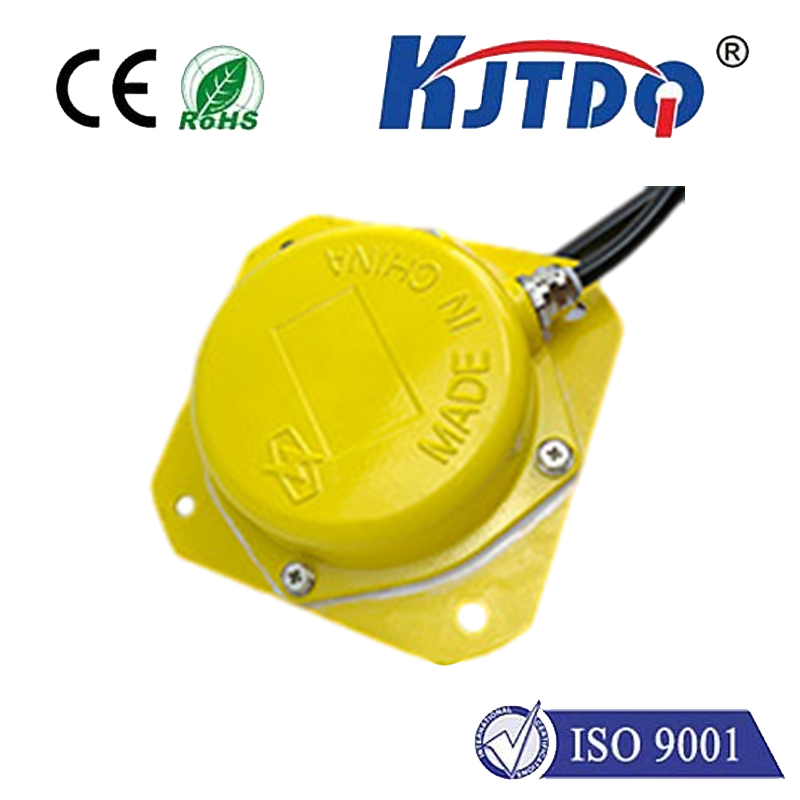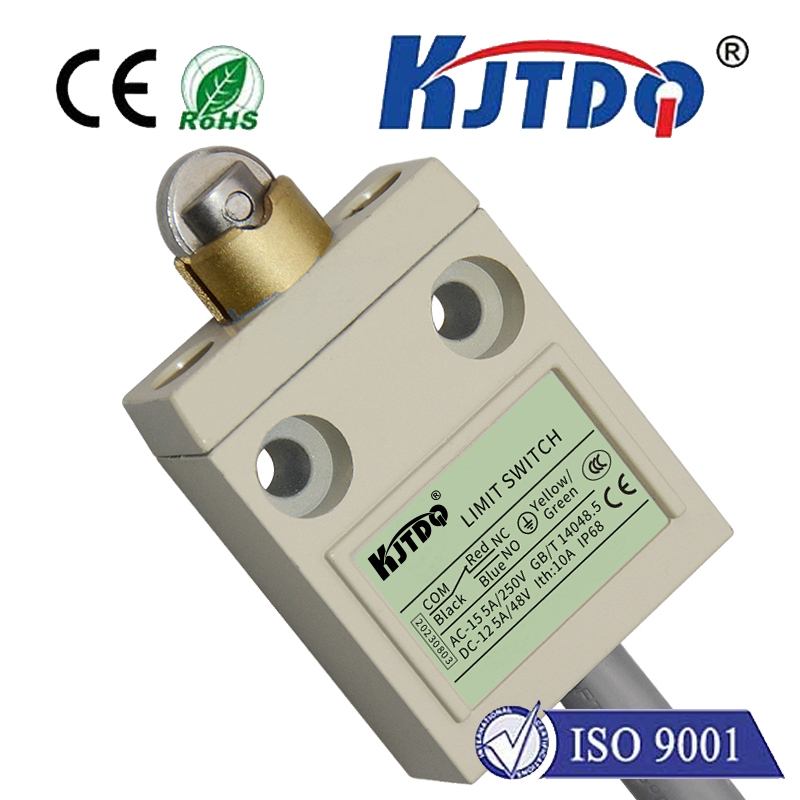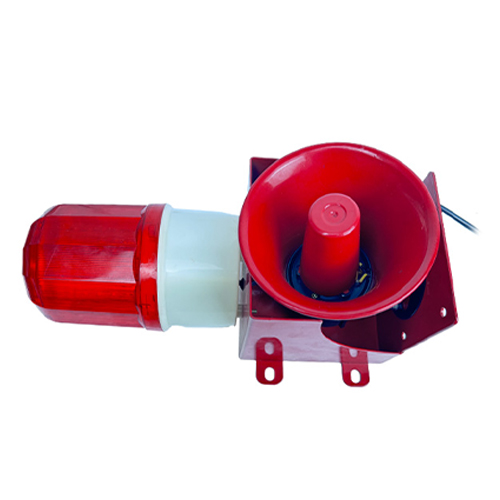scissor lift limit switch
- time:2025-08-06 14:04:15
- Нажмите:0
Scissor Lift Limit Switch: The Unsung Hero Preventing Catastrophic Overloads
Imagine a scissor lift ascending smoothly towards its working height. Suddenly, a loud crash echoes through the warehouse. The platform has violently struck the overhead structure, damaging equipment, potentially injuring workers, and causing costly downtime. Tragically, this scenario, often linked to ограничительный переключатель failure, remains a stark reality in industries relying on aerial work platforms (AWPs). These unassuming components are the vital guardians against the devastating consequences of over-travel.
Limit switches form the cornerstone of scissor lift safety. Installed at predetermined upper and lower points within the lift’s structure, their fundamental role is crystal clear: to automatically halt the platform’s movement before it reaches a physically dangerous position. Think of them as the “emergency brake” for vertical travel. Whether it’s preventing the platform from hitting the ceiling, crushing against structural components, or over-extending its scissor mechanism, the sole purpose of the ограничительный переключатель is to enforce safe operational boundaries.
How do these critical devices actually function? The principle is elegantly simple, relying on direct physical engagement. As the scissor lift platform ascends or descends, a moving component (often an actuator arm or cam attached to the scissor stack) eventually contacts the lever, plunger, or roller of the ограничительный переключатель. This physical contact triggers an internal mechanism – typically opening or closing electrical contacts. That crucial change in the electrical circuit sends an immediate signal back to the scissor lift’s control system. The control system instantly interprets this signal and cuts power to the drive motor, bringing the platform to a safe stop well before any mechanical interference or structural overload can occur.

Common ограничительный переключатель types found in scissor lifts include:
- Mechanical Lever/Plunger Switches: Robust and cost-effective, these use direct physical force to actuate micro-switches. They require precise positioning and can be susceptible to wear or physical damage.
- Magnetic Proximity Switches: Utilizing reed switches or Hall effect sensors, these are activated without direct physical contact, triggered by the proximity of a magnet mounted on the moving part. They offer enhanced reliability and longevity as there’s no mechanical wear from repeated contact.
- Rotary Encoders: While more sophisticated, these provide precise position feedback throughout the entire travel range, allowing for very accurate soft limits within the control software, often supplementing or replacing hard-wired physical limit switches at the extremes.
What happens when a scissor lift limit switch fails? The risks are severe and multifaceted:
- Catastrophic Collision: The most immediate danger is the platform violently striking overhead structures, ceilings, pipes, or other equipment, causing significant damage and posing a critical safety hazard to personnel on or around the platform.
- Structural Overload: Over-extending the scissor mechanism beyond its designed limits can place immense stress on pins, beams, and hydraulic cylinders, leading to catastrophic structural failure.
- Hydraulic System Damage: In hydraulic lifts, attempting to extend against a hard stop can cause dangerous pressure spikes, potentially blowing seals, lines, or even damaging the pump.
- Operational Shutdown: A failed ограничительный переключатель will almost always cause the lift’s control system to enter a fault state, rendering the equipment inoperable until the issue is resolved, leading to costly project delays.
- Secondary Safety Bypass: If operators know a limit switch is faulty and perceived as an operational hindrance, they might be tempted to bypass it – eliminating the last line of defense against over-travel accidents.
Why do limit switches fail? Common culprits include:
- Physical Damage: Impacts, crushing, or deformation of the switch body or actuator arm during operation or transport.
- Wear and Tear: Repeated mechanical actuation wears down internal contacts or weakens springs over time.
- Contamination: Dust, dirt, moisture, oil, or metallic debris infiltrating the switch housing, causing corrosion or preventing proper internal movement.
- Loose Mounting or Adjustment: Switches or their actuator arms can vibrate loose, misaligning them so they no longer engage at the correct point.
- Electrical Failure: Worn contacts causing arcing, broken wires, damaged connectors, or internal component failure.
- Environmental Factors: Exposure to extreme temperatures, corrosive chemicals, or excessive vibration beyond the switch’s rating.
Proactive maintenance is non-negotiable for scissor lift limit switch reliability. Incorporate these steps into regular inspections and service schedules:
- Visual & Physical Inspection: Regularly check for obvious damage, cracks, or deformation to the ограничительный переключатель housing and actuator mechanism. Ensure they are securely mounted and properly aligned. Look for signs of corrosion or fluid ingress.
- Operational Testing: Follow manufacturer procedures! Manually actuate the switch (using a non-metallic tool if needed) during pre-operation checks to verify it immediately stops platform movement in the intended direction. Never disable a switch for testing.
- Cleanliness: Keep switches free of significant dirt, grime, or debris build-up. Use appropriate cleaners if necessary (avoid excessive moisture).
- Functional Checks: During more thorough periodic inspections, technicians should verify electrical continuity/discontinuity at the switch terminals across its actuation range.
- Timely Replacement: Do not attempt to repair faulty limit switches. Replace them immediately with the manufacturer-specified part. Using incorrect switches can compromise safety or functionality.
- Documentation: Record all inspections, tests, adjustments, and replacements in the scissor lift’s maintenance log.
The scissor lift limit switch is far more than just an operational component; it is a fundamental safeguard. Preventing over-travel incidents isn’t just about protecting equipment from costly damage – it’s about protecting lives. Ensuring these vital switches are correctly installed, meticulously maintained, and functioning flawlessly through rigorous testing is an indispensable responsibility for every equipment owner, manager, and user. Investing time and resources in understanding and maintaining the ограничительный переключатель proactively ensures safe operation for years to come.








